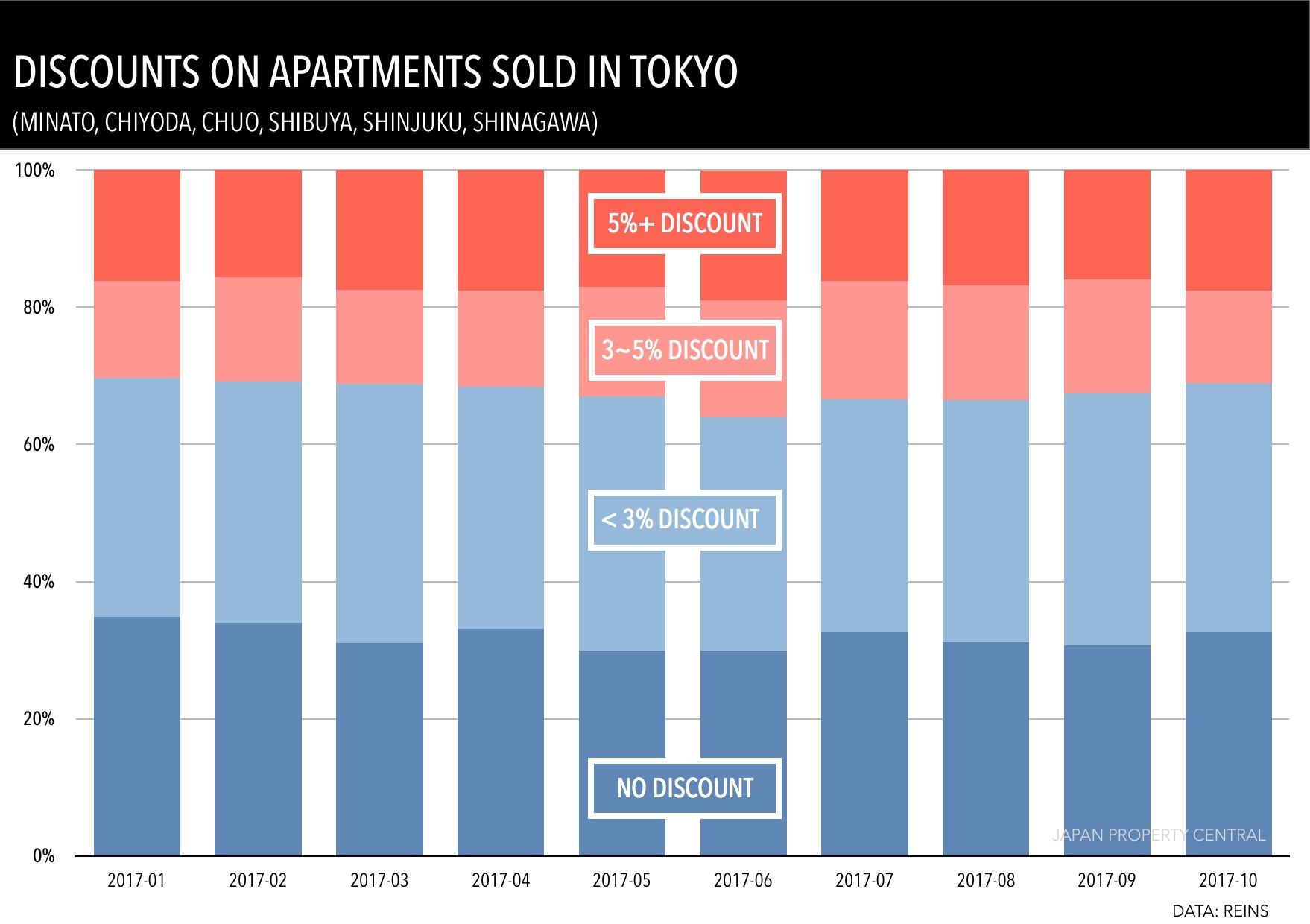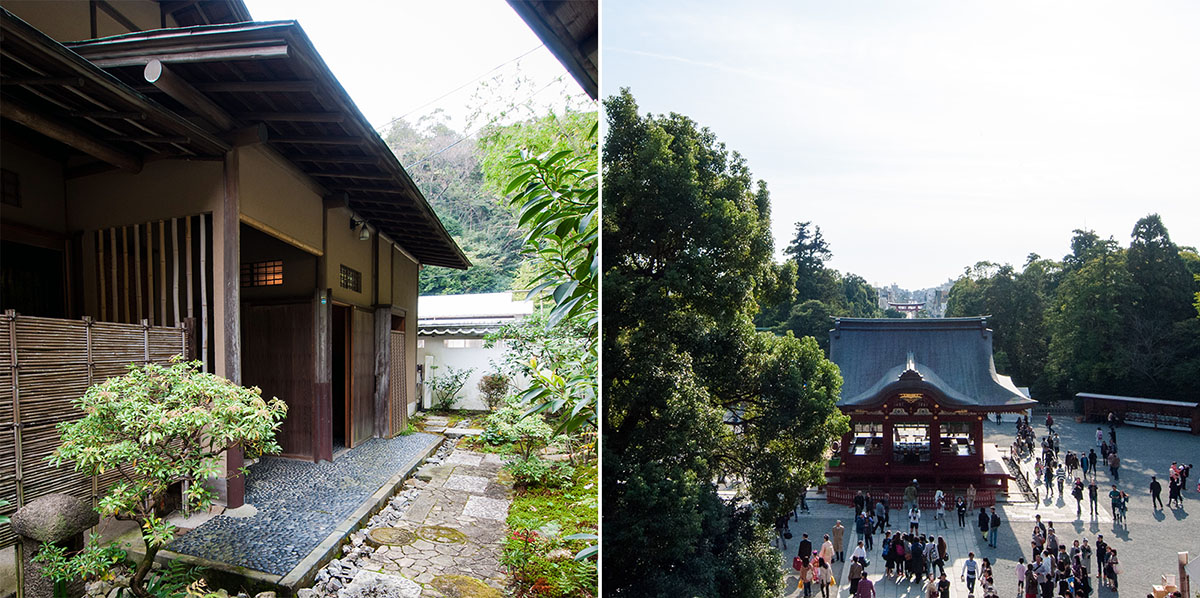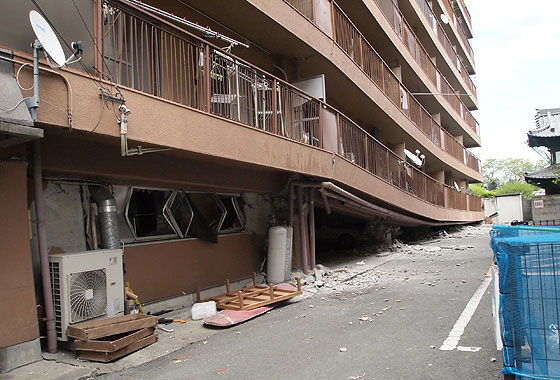A third of apartments in central Tokyo sell at full asking price

A common question we get from buyers is how much of a discount can they get on the asking price of a property. The honest answer is that it varies. Some properties will sell at their full asking price, while others may sell at a discount. Typically two-thirds of all reported apartment sales in central Tokyo (Minato, Chiyoda, Chuo, Shibuya, Shinjuku and Shinagawa) sell at a discount of less than 3%, while a third sell at their full asking price.
Landlords: Ending a lease is not easy
Before buying an investment property in Japan it is important to understand how tenancy laws work. What may be acceptable in one country is not necessarily allowed in Japan where tenant rights are strong.
A big difference to be aware of is how to end a rental lease as a landlord.
Why would you want to kick out a tenant who is paying rent on time? You may want to list the property for sale, in which case, depending on the type of property, it may be more advantageous for the property to be vacant to appeal to a wider range of buyers. Or, you may want to vacate a building so that you can redevelop the site, or use the property yourself. Read more
Buyers guide: Understanding floor sizes for apartments, houses and land
To ensure consistency, the Real Estate Transactions Act has rules that real estate companies must follow when displaying property floor sizes on advertisements and in contract documents.
Why does it matter?
Some tax breaks have size restrictions, and these sizes will be based on different methods of measurement. The home loan tax reduction, which allows a borrower an annual tax deduction of 200,000 ~ 400,000 Yen for up to 10 years, requires a minimum inside-wall measurement of 50 sqm. Some banks may also refuse to lend on properties with an inside-wall measurement of less than 50 sqm. The acquisition tax payable upon purchase of real estate is slightly lower for residences with a taxable floor area of between 50 to 240 sqm.Read more
Buying land: Understanding the differences between registered and actual land size
If you are buying land or a house and land in Japan, it is essential to understand how land sizes are measured and represented on contract documents.
Measured size vs. registered size
Each parcel of land has a size that is registered on the land title. This size is decided by the Legal Affairs Bureau and may vary from the actual size of the land for various reasons, primarily due to outdated survey methods used in the past.
It is possible for the seller to hire a surveyor to measure the actual size of the land. However, many may choose not to due to the cost involved.
Quite often the surveyed size will be different to the registered size, although there is no general rule as to how much they differ. A property owner may apply to update the land register to show the true size of the land, but permission from adjoining landowners will be required since their land registers must also be updated. This can be extremely difficult, as neighbours would not consent if it would result in their registered land size being reduced. Many do not bother to go through with this process.Read more
Beware of agency-arranged building inspections
Recently, several of Japan’s major real estate brokerages have started offering home inspections on properties they list. In some cases the agency will offer to provide coverage for up to two years following the sale for any defects, but the fine print usually requires the property to already be free from defects and for the agency to act on behalf of both the buyer and the seller resulting in a double commission (a full commission collected from each party).
This poses a serious conflict of interest, since agents have a vested interest in the sale. Buyers should be cautious about relying on these reports. There may be cases where inspection reports arranged by the seller’s agency receive passing grades but fail to include obvious defects.Read more
Buying real estate in Kamakura - a quick overview of building restrictions

Located between the mountains and sea, Kamakura is an ancient city located 50 km south of Tokyo. The city came to prominence in the 12th century when it was home to the Kamakura Shogunate. Unlike some of the more urban cities in Japan, Kamakura has retained much of its traditional character. The city is characterised by its traditional streetscapes, numerous temples and shrines, and lush mountainside. In fact, 40% of the city is forest and greenery.
Nowadays, much of this character is preserved through numerous strict building and zoning codes enforced by the city, along with efforts by local residents.Read more
Consider earthquake resistance when buying real estate in Japan

Nowadays Japan has some of the most rigid earthquake codes, however that wasn’t always the case and older buildings may be more susceptible to earthquake damage than some buyers realise.
Picking a location
Choose a property on solid ground.
Properties on reclaimed land, flood plains, former lakes, ponds, riverbanks, rice fields, or marshes are more susceptible to collapse and tilting from liquefaction. Even newer homes may not be protected from the danger of being built on soft soil.
Building age
Choose a property built after June 1981.Read more
